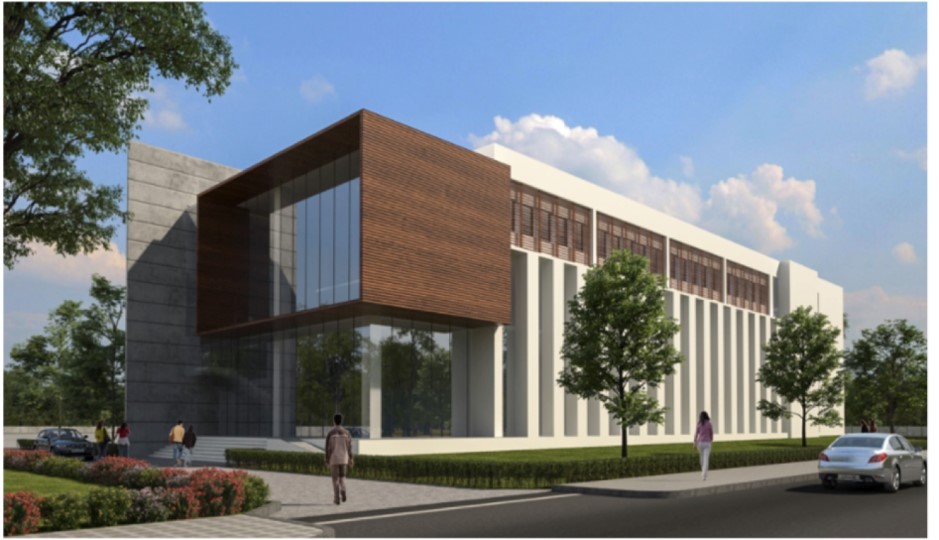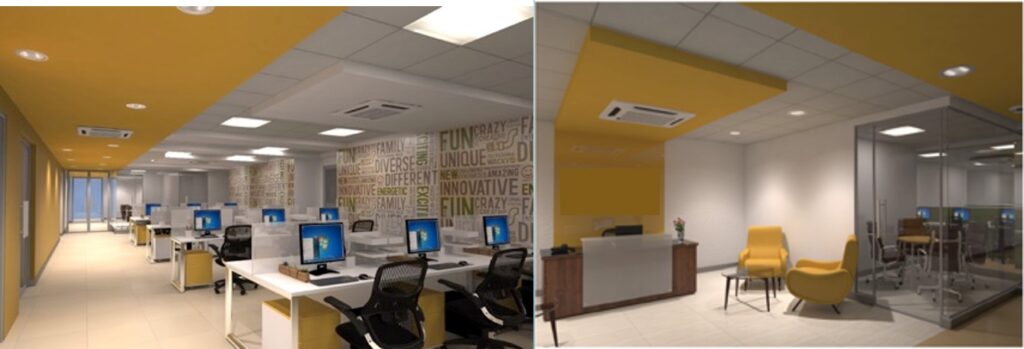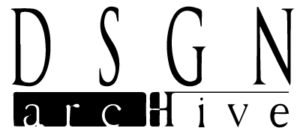
Architect Megha Gangrade
Architecture is a unique multidisciplinary field where the ambiguity of art meets the technical intricacies of engineering.
Architecture is an exploration of form and space-making for enhanced user experience. It enables the conception of choreographed function to bring better meaning into peoples’ lives.
Architecture essentially has a lot of meanings, constantly keeping ‘the users’ in the limelight.
But, have we ever stopped to understand the workforce who are the creators of Architecture?
‘The architectural practice’

We caught up with Architect Megha Gangrade, the Principal architect of DESIGN4, a well-established Architecture firm based out of India’s IT capital, Bengaluru. With over 10 years of invaluable experience up her sleeve ranging from residential projects to R&D, she has a lot to share with us about her professional journey right up to establishing her very own Architectural firm.
In our conversation with her, we dive into her role as a female principal of an independent practice, the process of setting it up, what it takes to stay ahead of the game in an architecturally bustling metropolis.
We also learn how she retains her stronghold at the frontier of a male-led industry.
Let’s jump right into our conversation with her.
Tell us a little bit about your background.
Megha: “After completing my Bachelorette in Architecture, I decided to start working with an architectural firm where I could learn the nuances of how an architectural practice is run. Like any other budding Architect, I had a goal of starting my own practice eventually (give or take after 5 yrs of graduating).
I was very fortunate to work initially with Vagale Design & Development in Bangalore where I got exposed to both small and large scale residential and commercial projects. I learnt a lot in the first few years of my professional career and had a penchant to learn more. When the owner told me that he was wanting to focus on home interiors, I decided to move on and joined Venkataramanan Associates.
Working in VA gave me an exposure to work in a large organisation (way back 35 staff in an Architectural firm was a large number). Very soon I was working on the first and largest multidisciplinary global R&D centre outside the US of an American multinational conglomerate.
Undoubtedly this was a very exciting and fulfilling experience, getting to learn the traits of designing spaces in science and technology buildings, blending engineering rigour and optimization with architectural logic and poetry. By then it was 5 years, and I reminded myself of my goal of starting my own practice. However I was fascinated by how great laboratories give science organizations a distinct advantage in achieving exceptional results, and I decided to continue working in VA on large science and technology facilities that truly are the birthplace of discoveries shaping our world. Tapping into the hearts and minds of researchers and scientists, I believed, as Architects, we had the ability to translate each client’s vision into the built form.
The entrepreneur in me naturally took a back seat and I ended up working at VA for more than a decade.”
What was your inspiration to break away from a large organization to launch your own Architectural practice?

Megha: “Architecture is in some ways a paradoxical profession. On one hand, it projects a popular image of the lone, creative genius, taking control over all aspects of a building project and forming them to their creative ideals. But in reality, most projects take a huge team of people, all working together to produce a building which usually represents the creative input of not only many different people but many professions too. One way to find a balance between these two extremes is to take more creative control over the decisions of the group – in other words, to start your own practice, guided by your creative input alone, by more interdisciplinary and entrepreneurial thinking.
After 12 years in VA, I decided it was time to pursue my dream and finally had the courage to do what I’d aimed for since the day I became an architect. I wanted to combine my interests to push innovation in both business and design. I met friends and associates in the industry, some of whom were my clients with whom I had interacted on past projects. Most of them reiterated my belief of starting my own practice. I was ready to venture out on my own and thus Design4 was created.”
Would you describe to us what your experience has been like starting your own firm?
How long did it take for you to establish the firm?

Megha: “Running your own practice is a fundamentally more intense experience than working for someone else, at both ends of the scale. Starting your own firm from scratch has many hurdles, like establishing trust with clients, getting projects in the first place (people always want to see work you’ve done since starting out on your own, as opposed to all the great work you did as an employee in an established practice), and being able to devote only a small fraction of the time to design (whereas marketing, accounts, meetings, management and housekeeping take up most of the time).
The first thing I did was tell everyone. Told everyone I know (clients, my friends, my family, my peers, my alumni groups) that I was starting a firm and that I was looking for my first project. While it was easy to secure and work on residential projects, I was certain to build my firm’s credentials in a niche space – that of science and technology practice specializing in creating spaces that advance innovative scientific discovery in buildings of every shape and size. Within a month of setting up DESIGN4, I got an opportunity of doing a feasibility study for an American agrochemical and agricultural biotechnology corporation who was planning to expand in Bangalore. I could deliver my report in a timely manner, the client was extremely happy and they chose to work with Design4 for designing their research center. This was my start point and that’s when I hired my first employee and started looking out for an office space for Design4.”
What genre of projects have you undertaken in the lifespan of your Architecture firm so far?


Megha: “The root of all good design is an understanding of human behaviour and how the physical environment can affect these behaviours. Design4 is intending to be a practice that
- helps in fulfilling the needs of the client (people)
- believes in creating spaces that adds a purpose (function)
- is inextricably interwoven with sustainability (environment)
At DESIGN4 we pioneer in developing solutions for research facilities and scientific workplaces. We pair scientific expertise with technical rigor and creativity. Our work crosses industries and scientific disciplines to create best in class research environments. We share the dedication of those scientists and engineers who tackle the tough problems facing our world and take every opportunity to ensure that the laboratories that house future scientific and technological breakthroughs are designed with end-users in mind.”

“In a span of 8 years, we have built an impressive portfolio in excess of 4 Million sf in 9 cities (including Dubai) having designed close to 50 projects from our Bangalore studio. In the race to find solutions to COVID-19, many organizations have been developing faster diagnostics, life-saving therapies, effective vaccines, and innovative products and technologies. We are proud to be working with some of them (setting up facilities for manufacturing Covid testing kits, QC labs for Covid Drugs and a Vaccine research facility).”

What are the pros and cons of running your own firm?

Megha: “Running your own practice comes with its own share of thrills and scares. The freedom to choose what you would like to do and whom to work with is great. But in a small practice, the limitations are that you may not enjoy doing all the roles of running a business, but may invariably end up doing so until you have built scale.
The biggest benefit of owning your own firm is also one of the largest downfalls – you are responsible for your own success. And at the end of the day, you are also responsible for your failures. When you run a business, there’s no one above you to tell you what to do, but that means there’s no one there to support you when you need help or advice. You need to find relationships where you can learn, and frankly, be reassured that you’re not completely crazy!
One of the largest challenges and opportunities of owning your own firm is that you need to look outside for mentoring. You need to find the relationships where you can continue to learn and grow. Your business planning should accommodate most of the boring day-to-day stuff, but it should also include an emphasis on building the relationships that you will need to continue to learn and be mentored. We don’t put enough emphasis on keeping our design selves sustainably nourished in the face of all of the business things we’ll need to juggle. So, one of the best things about going off on your own is that it requires that we intentionally seek growth.”
Would you have done anything different along your professional journey?
Megha: “Writing about the professional journey of an architect is an expedition itself! As architects we are always learning – throughout our lifetime, from projects already built to the ones we are building, the answers are always brand new. The learning and unlearning of concepts and techniques keep us going in our fields. Projects take time and establishing yourself takes more time than you anticipate, as my mentors say. We have to be patient and deliver all projects with love and passion. The more time we spend here, the more we will get back. Patience and persistence is critical to achieving any project and any goal. As the new normal is set up in today’s world, it’s important to have a soft corner for these new normal norms in architecture as well. Utilizing this time to research and expanding our horizon is the next part of my timeline. We need to be prepared for the architecture that’s going to come after this pandemic ends. The changing norms and changing patterns of living will affect the architectural growth as well. Let’s see what’s next.”
For women Architect-entrepreneurs looking to begin their own establishment, what advice would you give them?

Megha: “I have never looked at my profession as gender-centric. I firmly believe if you do not set your own limitations, then you have crossed the biggest hurdle. Agree it’s not easy being an entrepreneur and being a woman perhaps it is an uphill task, but as women, we are capable of multi-tasking and should be ready to juggle roles from time to time. Once a woman starts to see life in the same way as Architecture, it’s actually a good analogy for each other in the way that one negotiates with the other to achieve the desired end result.
The advice I would like to give all women out there is that do not bind your self within the notional boundaries of what women can and cannot, should and should not do – let go of the burdens we take on ourselves and be the best in all the roles you play.
More often than not, I am the only woman at the proverbial table, and the two tools I’ve found most important in working with both clients and colleagues who may or may not respect my professionalism are strength and integrity. I keep my professional guard up and try to speak from strength. I do my homework and research the issues that I need to address. When I don’t know an answer to a question, I say so. I then do the research needed and come back with a reasoned and thought-out response. To me, integrity entails not only honesty and professionalism but also keeping my eye on the goal. I want to build the client’s dream, and along the way, I want to make sure that the time, money and aggravation required is minimized and that the client feels that all the effort was worth it. I want them to feel that they were heard and that their dreams have materialized.”

Today Architect Megha Gangrade has set a USP for her practice which is widely recognized and respected in the Research and Development design space. Zoning in on a niche has set her apart from the crowd, elevating her onto a lesser chartered pedestal of design expertise.
Like her, women are taking a more strategic approach within the architectural discipline and are slowly securing the reigns to bigger and bolder responsibilities in the industry. Taking this demographic of women leaders as an example, we could indeed pick a leaf out of their book to kindle our entrepreneurial spirit.
Copyright © 2025 DSGN arcHive
